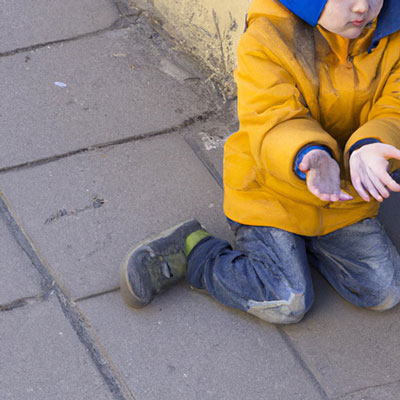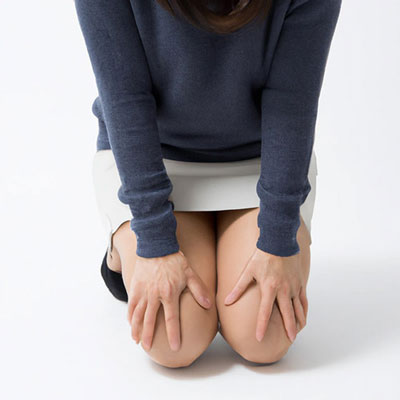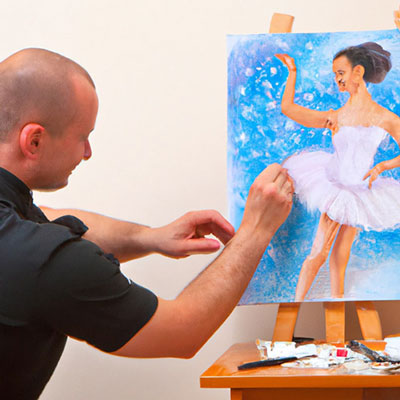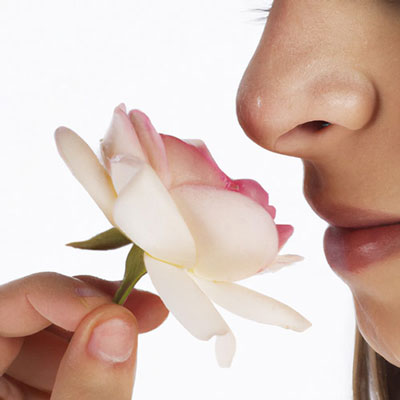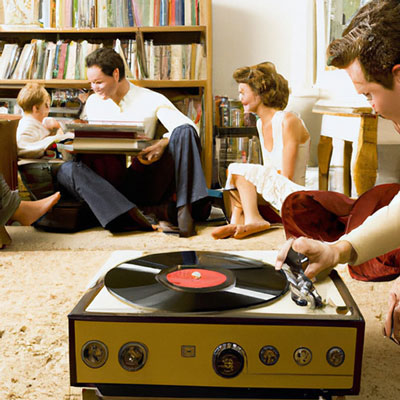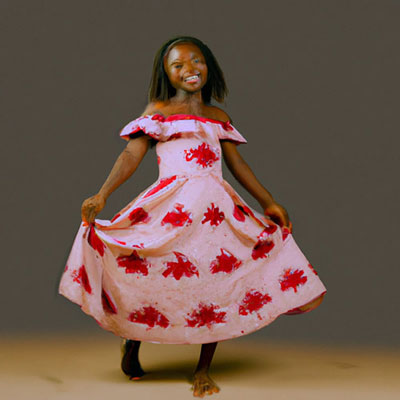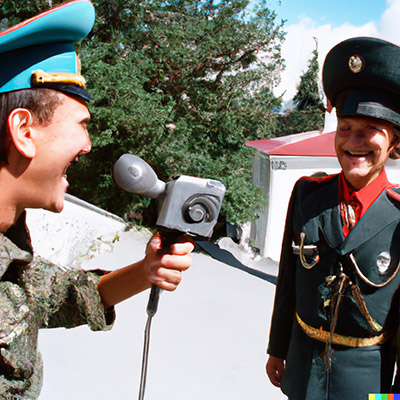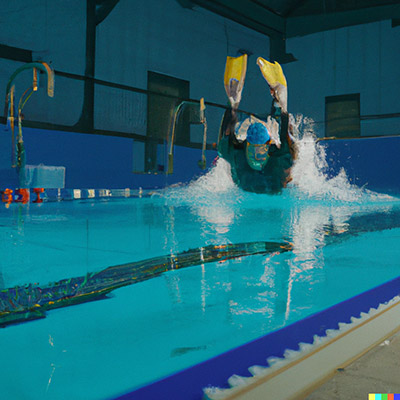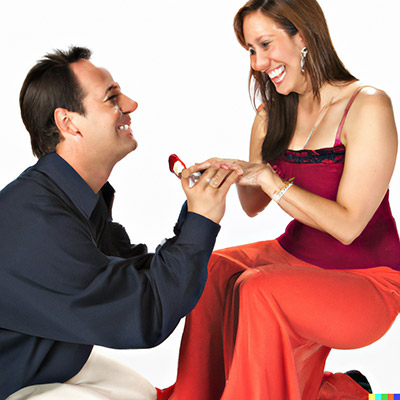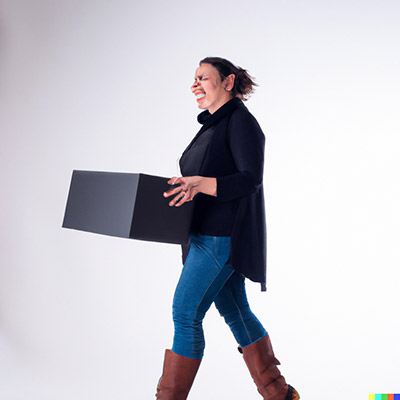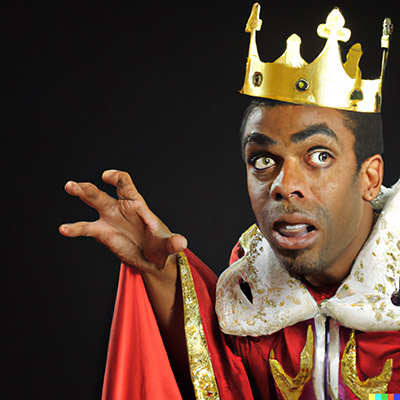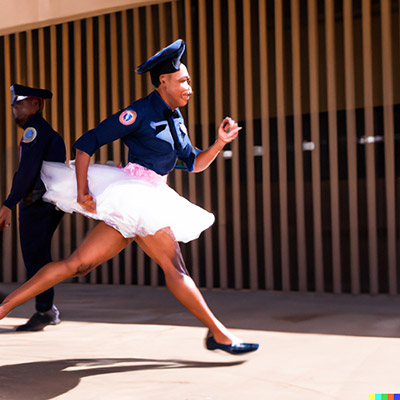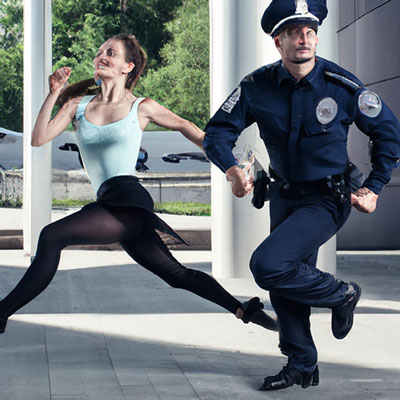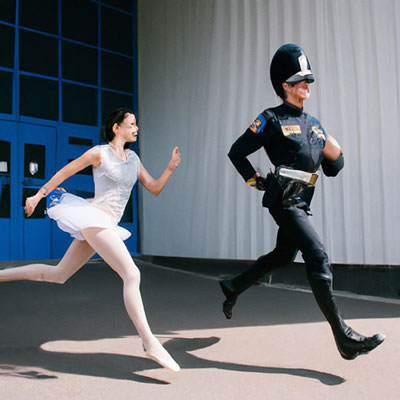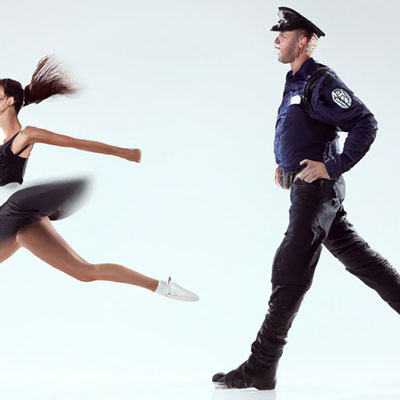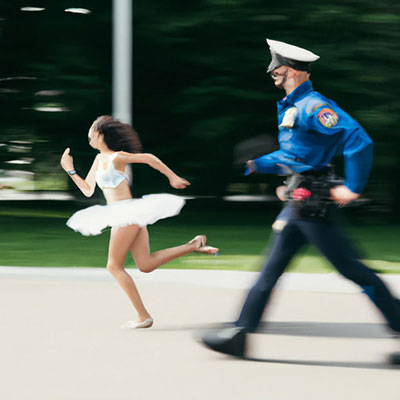|
Tips for
enhancing results in DALL-E 2
Expect randomness – the same prompt will produce
better and worse results across multiple attempts.
Picture the type of result you want before creating
the prompt. This encourages a more specific prompt.
Prompt as if you are captioning an existing image
in a newspaper. Read stock photograph descriptions to get a feel for wording
and style as DALL-E 2 was trained on image-caption pairs. Present tense seems
to work best.
Multiple clauses can be used to specify
additional requirements:
Medium
A ballpoint pen lying on a desk, stock photograph
Portrait of a king wearing a golden crown, head and shoulders, renaissance
painting
Source
An astronaut spacesuit in a museum, tourist's photograph
Photograph of a family listening to the record
player, wide shot, life magazine 1970
Lighting
A whole green cucumber and slices, studio lighting
A croquet game on a green lawn, warm outdoor photograph, calm
Camera attributes
Closeup of a wooden lattice, garden visible in background, shallow
depth of field
A man bowling at a ten pin bowling alley, action
shot
Specify camera zoom and angle as DALL-E 2 often
defaults to closeups
Wide shot of a restaurant, diners and wait staff visible
Full shot of a man in fireman's uniform and hat, studio lighting,
stock photograph
Chicken schnitzel closeup
Adjectives can be very effective but are not
consistently applied to the correct noun - keep trying!
Duplication
has been reported to be effective at focusing on a particular description and
improving its quality, e.g.
A smiling girl is tickled, laughing, bright
lighting, happy
|

